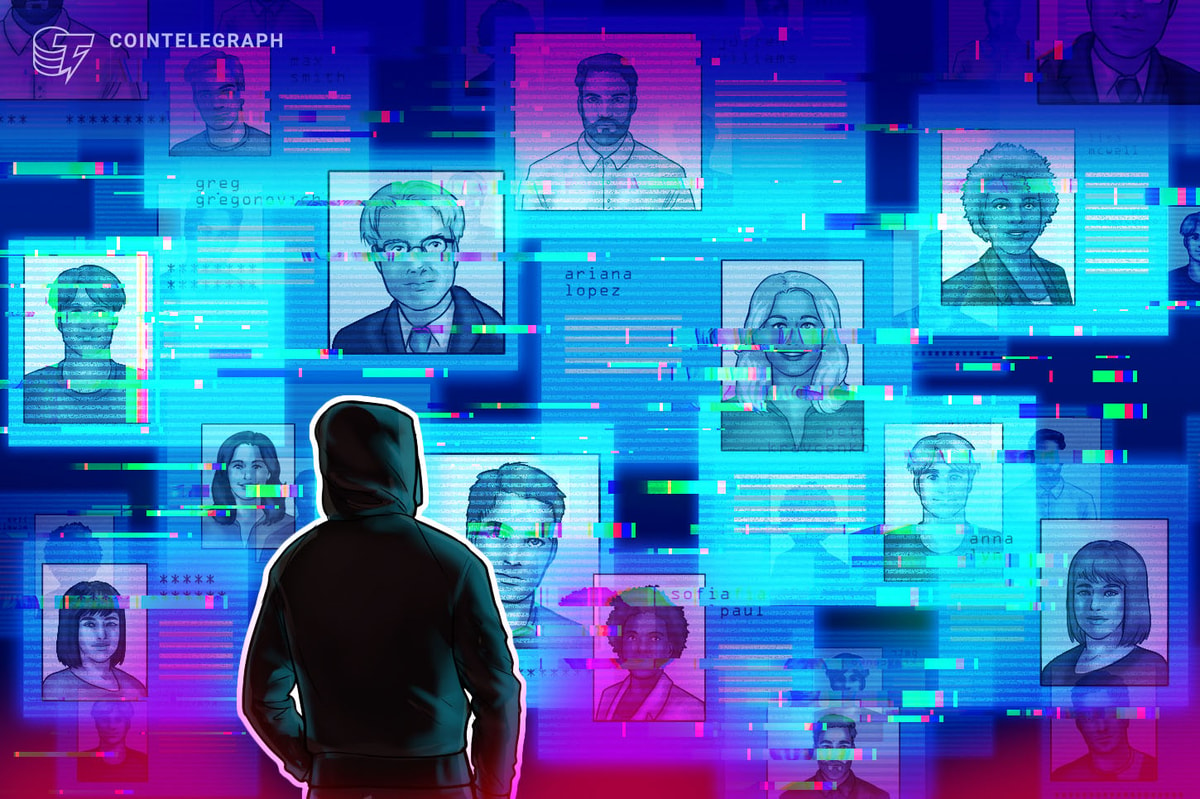This past weekend delivered an unexpected end-of-year shake-up in the emerging technology space. OpenAI announced that Sam Altman would step down from his position of CEO following a significant partnership in mid-2023 with Microsoft to leverage genAI technology for innovative workplace digital solutions.
The news also follows a pivotal week for Microsoft, when the firm presented Ignite, a yearly showcase of portfolio updates focusing on enterprise-grade AI, XR, and industrial Metaverse solutions.
Many of Microsoft’s emerging workplace services, including XR and industrial Metaverse solutions, rely on the firm’s investment in OpenAI. The CEO shake-up could prove detrimental to many aspects of Microsoft’s roadmap, especially after the two-day Ignite showcase, which hinged greatly on AI.
However, despite the shake-up, Microsoft confirmed that Altman’s departure will not affect Ignite’s announcements.
In a social media post, the Chairman and CEO of Microsoft, Satya Nadella, said:
We remain committed to our partnership with OpenAI and have confidence in our product roadmap, our ability to continue to innovate with everything we announced at Microsoft Ignite, and in continuing to support our customers and partners. We look forward to getting to know Emmett Shear and OAI’s new leadership team and working with them. And we’re extremely excited to share the news that Sam Altman and Greg Brockman, together with colleagues, will be joining Microsoft to lead a new advanced AI research team. We look forward to moving quickly to provide them with the resources needed for their success.
Moreover, based on Nadella’s comments, Altman will still play a significant role in Microsoft’s AI ambitions, where the firm will be leveraging OpenAI’s new leadership team and Altman’s new internal role – leading to continued development of its AI roadmaps, a key piece of Microsoft’s 2024 industrial Metaverse roadmap.
AI and MR to Develop Side-by-Side at Microsoft
The influences of the Altman reshuffle could have significantly affected Microsoft’s MR and Metaverse ambitions. The firm’s AI ventures play a direct role in the next stage of Microsoft’s Office portfolio with its emerging CoPilot service. On the other hand, AI is a massive contributing factor to Microsoft’s XR developments.
In 2023, Microsoft massively restructured its XR division as it started investing in AI. Microsoft’s XR roadmap looked dim after Altspace VR’s closure and the departure of Hololens Lead Alex Kipman.
However, following its mid-year commitment to AI and partnership with OpenAI, the firm quietly teased its industrial Metaverse roadmap as part of an AI update at its Inspire 2023 event.
During Inspire, Microsoft announced it would start developing industrial Metavserse solutions leading into 2024 as part of its AI Cloud Partner Program.
The program aims to unite vital partners to promote growth and innovation in enterprise-grade AI. The plan also supports the development of industrial metaverse solutions and related technologies while seeking to increase the use of AI, cloud, and metaverse solutions in enterprise settings to enhance productivity, resiliency, and sustainability.
As 2024 arrives, Microsoft announced some of its first immersive workplace solutions for 2024, falling in line with its Inspire industrial Metaverse roadmap. At Ignite, Microsoft announced Immersive Spaces for Teams, updated Avatars for Teams, and Dynamics Guides 365 – a spatial environment allowing workers to access Microsoft collaboration tools like Teams as MR spatial applications. While AI integrations are not deep yet, based on previous comments from the firm, the technology will soon co-exist more deeply.
Notably, in August, Lili Cheng, the Corporate Vice President of Business Applications and Platforms at Microsoft, explained how the company’s investment in CoPilot will improve the performance of its Dynamics Guides service on MR headsets.
Cheng added:
Mixed reality is the eyes and ears of AI. Delving into operation nuances for personalized, in-depth learning becomes easier. When integrated, mixed reality and AI accelerate worker training, shortening steps and supplying users with the working knowledge they need for the task at hand.
Microsoft is using AI investments to optimize its XR solutions for frontline operations, such as helping XR-ready frontline workers complete repair procedures with greater efficiency, connecting them “beyond their physical limits,” Cheng suggested.
Moreover, Cheng highlighted the importance of AI in enhancing the usability of XR technologies, such as digital twins and RT3D visualization, allowing frontline workers to understand machines and processes better.
It appears that Microsoft has the Altman reshuffle under control. Its AI and industrial Metaverse roadmap will remain intact in the new year. It seems AI will play a big part in the future of XR, and Microsoft could have several required pieces to complete the puzzle in 2024.
Read More: www.xrtoday.com









 Illuvium
Illuvium  Amnis Aptos
Amnis Aptos  Bio Protocol
Bio Protocol  AUSD
AUSD  Big Time
Big Time  Sophon
Sophon  Anzen USDz
Anzen USDz  Status
Status  Initia
Initia  Cookie DAO
Cookie DAO  Terra
Terra  Moonwell
Moonwell  Alchemist AI
Alchemist AI  VVS Finance
VVS Finance  Solar
Solar  Tellor Tributes
Tellor Tributes  Constellation
Constellation  Metis
Metis  AI Companions
AI Companions  Beets Staked Sonic
Beets Staked Sonic  Acet
Acet  Kamino
Kamino  Origin Ether
Origin Ether  Hive
Hive  Sui Bridged USDT (Sui)
Sui Bridged USDT (Sui)  BitDCA
BitDCA  Metaplex
Metaplex  Siren
Siren  GAL (migrated to Gravity - G)
GAL (migrated to Gravity - G)  Gamebitcoin Power
Gamebitcoin Power  ConstitutionDAO
ConstitutionDAO  Waves
Waves  Hivemapper
Hivemapper  ViciCoin
ViciCoin  Lift Dollar
Lift Dollar  Mythos
Mythos  Energy Web
Energy Web  Degen
Degen  SingularityNET
SingularityNET  Function ƒBTC
Function ƒBTC  Loopring
Loopring  PHALA
PHALA  Ozone Chain
Ozone Chain  Alchemy Pay
Alchemy Pay  Rekt
Rekt  Conscious Token
Conscious Token  Non-Playable Coin
Non-Playable Coin